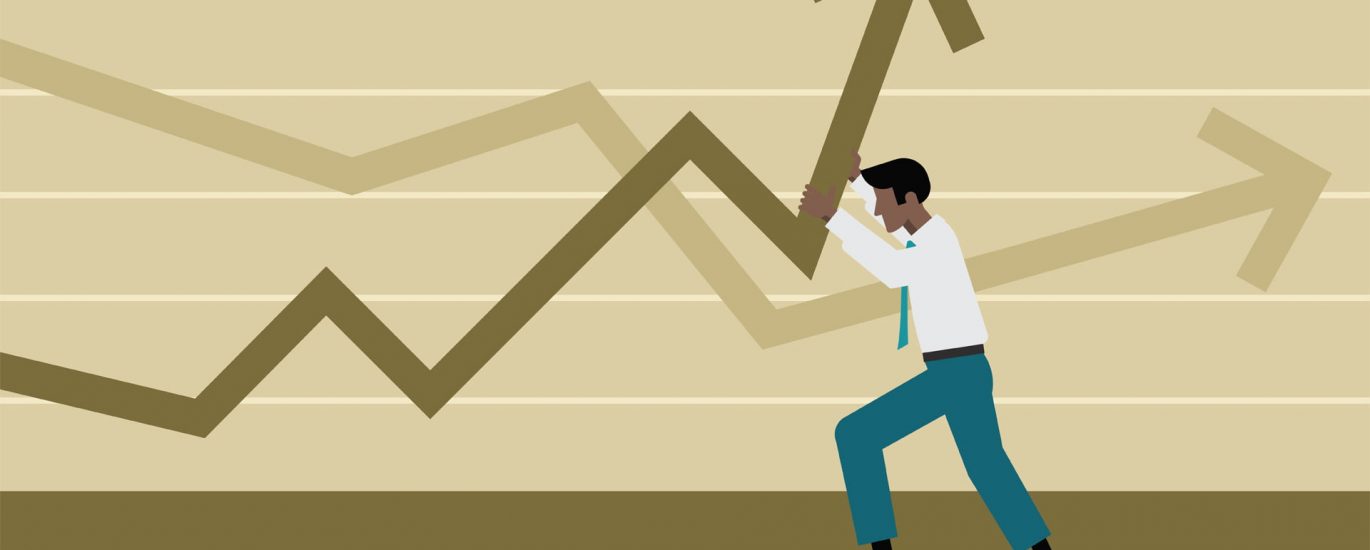
(In 2022, book reviews will be a regular monthly feature here at B2B Marketing Directions. In some cases, you really need a book to cover a topic in a meaningful way, and that’s certainly true when it comes to behavioral economics, the subject of the book I’m reviewing in this post.)
For decades, economists assumed that humans make economic decisions rationally. Standard economic theory held that people weigh the economic costs and benefits of their decisions and usually act to maximize their economic self interest.
In the late 1970’s, psychologists Daniel Kahneman (who later won the Nobel Prize for economics) and Amos Tversky published several papers that challenged the rational view of human decision-making used by mainstream economists.
The work of Kahneman and Tversky pioneered a new discipline that later came to be called behavioral economics. In 2008, two books – Predictably Irrational by Dan Ariely and Nudge by Richard Thaler and Cass Sunstein – raised popular awareness of behavioral economics and put it on the radar screens of business and marketing professionals.
A Useful Introduction to Behavioral Economics
The reality is, marketers have been using some of the principles of behavioral economics for years, albeit largely unwittingly. But many marketers still don’t have a sound working knowledge of the discipline, which makes a new book by Melina Palmer an important and valuable resource.
What Your Customer Wants and Can’t Tell You (Mango Publishing Group, 2021) provides a much-needed introduction to the basics of behavioral economics for marketers and other business professionals who are responsible for growing revenue.
Melina Palmer is the founder and CEO of The Brainy Business, a behavioral economics consulting firm, and the host of The Brainy Business podcast. She holds a master’s degree in behavioral economics from The Chicago School of Professional Psychology, and she teaches applied behavioral economics through the Texas A & M Human Behavior Lab.
What Your Customer Wants and Can’t Tell You is divided into four parts. In Part 1, Palmer briefly describes the two “systems” that determine how the human brain functions, and she discusses the importance of brand “memories.” Palmer also explains the roles that brain chemicals and cognitive biases play in influencing how humans think and behave.
The real heart of What Your Customer Wants and Can’t Tell You is found in Part 2 of the book where Palmer discusses sixteen of the core concepts of behavioral economics including framing, priming, anchoring, loss aversion, scarcity, social proof, choice architecture and the pain of paying.
She devotes a short chapter to each concept, and she ends each chapter with an exercise designed to help readers apply the concept. Each chapter also includes references to relevant episodes of The Brainy Business podcast where readers can access a more in-depth discussion of each concept.
In Part 3, of the book, Palmer shows how the principles and concepts of behavioral economics can be combined to address a variety of business issues. For example, she includes a chapter explaining now behavioral economics can be used to optimize pricing.
Palmer concludes her book with advice on how marketers and other business leaders can combat the “brain tricks” that can cause them to “get stuck” when attempting to implement behavioral economics.
My Thoughts
What Your Customer Wants and Can’t Tell You provides a solid introduction to the use of behavioral economics in business and marketing. Melina Palmer’s writing is informal and engaging, which makes it easy for readers who aren’t formally trained in the behavioral sciences to grasp the material she discusses. Therefore, marketers and other business professionals in customer-facing functions will find this book to be particularly useful.
This book was obviously written for practitioners – it is not an academic treatment of behavioral economics. But Palmer provides substantial supporting evidence for her material in the form of extensive end notes. Many of these notes cite academic publications, so readers who want a more academic discussion of behavioral economics can easily find relevant resources.
Palmer includes several examples in the book to illustrate how various concepts of behavioral economics can be used, but most of these examples are very brief. I wish the book included a few more detailed “case studies,” but readers who want to dig deeper into a specific topic can get more information via The Brainy Business podcast.
To Learn More . . .
Behavioral economics is a topic that’s impossible to cover comprehensively in one book. If you want to learn more about the idiosyncrasies and biases in human thinking that underlie behavioral economics, I strongly recommend you read Thinking, Fast and Slow by Daniel Kahneman.
I can also recommend the two books I mentioned earlier – Predictably Irrational by Dan Ariely and Nudge by Richard Thaler and Cass Sunstein. A new edition of Nudge was published in August of last year. I haven’t read it yet, but I suspect it’s as good as the original.
Lastly, BehavioralEconomics.com is a good – if somewhat more technical – source of information and research about behavioral economics.




